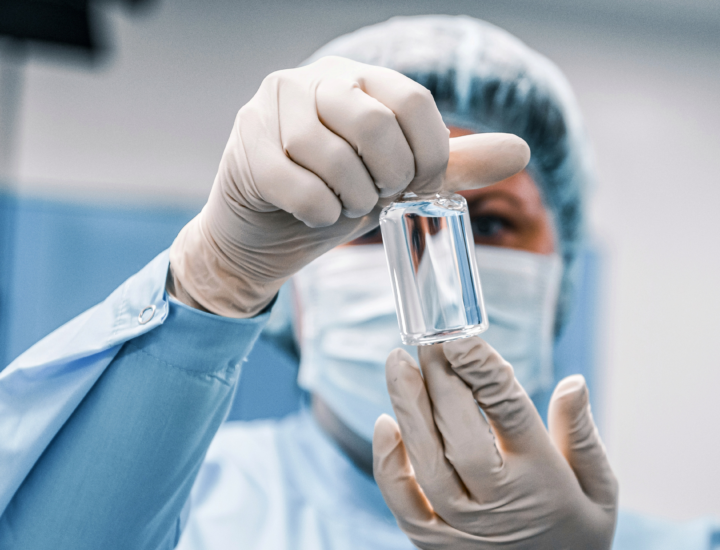PART 1: The Path to New Medicines - Treatment Discovery to Patient Access
Gaining access to new medicines in Australia is a lengthy and complex process, involving multiple stages of research, testing, and evaluation from the Australian regulator and reimbursement authorities. The process from initial laboratory studies through to availability for patients to improve health outcomes and quality of life, can take years. To provide a better understanding of process, the diagram below illustrates a summary of the key processes commonly involved.

1. Pre-clinical Research
The development of new medicines begins with preclinical research, which lays the groundwork for clinical testing in humans. Before human trials can commence, extensive laboratory testing and in some cases, animal studies, are conducted to evaluate the potential safety and effectiveness of the treatment.
2. Clinical Trials
If preclinical findings are promising, the treatment progresses to clinical trials. A clinical trial studies new tests and treatments and evaluates their effects on human health outcomes. They are used to evaluate the safety and effectiveness of a new procedure, medication or device to prevent, diagnose or treat a disease or disorder. Prior to medicine approval, clinical trials are typically conducted in three phases, usually over several years:
- Phase 1: Small-scale trials are focused on evaluating safety and determining safe dosage levels.
- Phase 2: Medium-sized trials are conducted to further assess safety and begin evaluating efficacy.
- Phase 3: Large-scale trials are designed to confirm efficacy, identify side effects, and compare the new treatment to standard therapies or placebos.
3. Regulatory Approval by the TGA
Once clinical trials are successfully completed, the treatment developer, also known as the sponsor, will use its scientifically robust data regarding the medicine’s quality, safety and efficacy, to apply for registration from the Therapeutic Goods Administration (TGA), Australia’s regulatory authority for therapeutic goods.
A formal application, such as a New Drug Application (NDA) or Biologicals License Application (BLA), is submitted to the TGA. The TGA reviews the application to undertake thorough assessment of the quality of the clinical data, efficacy and safety of the treatment based on the results of clinical trials, the manufacturing process, facilities, and quality control measures, risk management plan, proposed labelling and packaging, and compliance with all relevant regulatory requirements. This evaluation is conducted by a team of scientists and clinicians with expertise in relevant fields.
The timeline for TGA approval can vary widely depending on factors such as the complexity of the drug treatment, the quality of the submitted data, and the workload of the TGA at the time of submission. Therefore, the approval process can range from several months to a few years, depending on the submission and priority.
Based on the review, if the treatment meets the necessary standards for safety, quality, and efficacy, the TGA will approve it for marketing and use in Australia, and it will be included on the Australian Register of Therapeutic Goods (ARTG). If not approved, the medicine is not available for general use in Australia.
4. PBAC evaluation for medicine subsidy on the PBS
If a medicine receives TGA approval, an independent expert group called the Pharmaceutical Benefits Advisory Committee (PBAC) conducts a Health Technology Assessment (HTA), which is the process of evaluating the medicine for consideration of government subsidy eligibility. The PBAC independently reviews:
- The medicine’s clinical effectiveness – how well it works compared to existing treatments
- Cost-effectiveness – if the health benefits justify the cost
- The potential impact on the healthcare system and patients.
Based on this comprehensive HTA, the PBAC makes recommendations to the Australian Government as to which medicines should be subsidised by the Government by adding them to the Pharmaceutical Benefits Scheme (PBS).

5. Government approval for PBS listing
The PBAC makes recommendations to the Minister for Health for funding of medicines via the PBS. If a medicine is approved, it means the Australian Government has agreed to subsidise its cost, recognising that it provides meaningful health benefits and value for money for Australian tax payers. PBS listing means:
- Lower Cost for Patients. Patients only pay a reduced co-payment at the pharmacy (as of 2025: up to $31.60 for general patients or $7.70 for concession card holders). The government covers the rest of the cost, which could be hundreds or thousands of dollars.
- Wider and More Equitable Access. Medicines listed on the PBS are available nationwide through pharmacies.
If a medicine has NOT YET been approved for PBS listing, it can still be accessed by:
- private prescription where the patient pays the full cost of the medicine
- or in some cases, through compassionate access pathways, particularly while the PBAC application is still pending.
If a medicine is NOT APPROVED for PBS listing, it can still be accessed by private prescription. There may also be some exceptional circumstances for access.
To find out how you can help progress research and the discovery of new treatments, and then have your say in the medicine approval process, please click on the button below.
